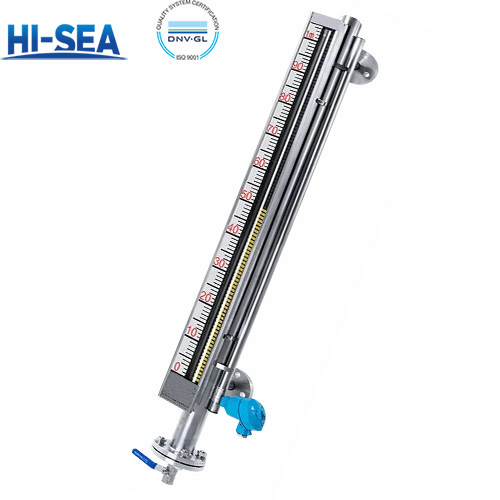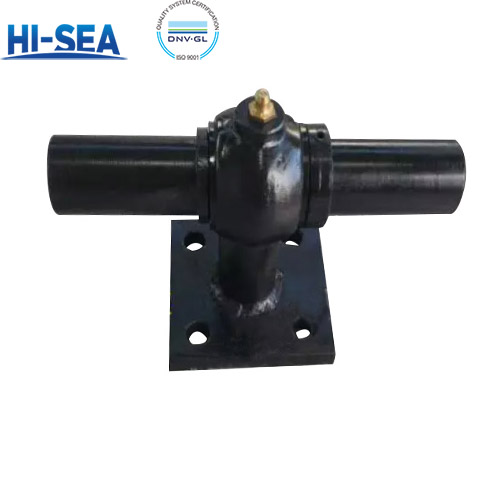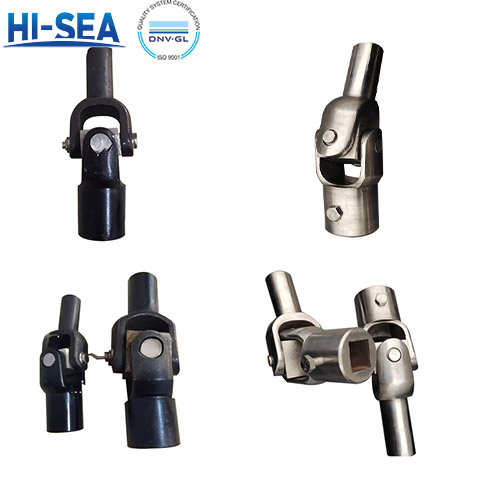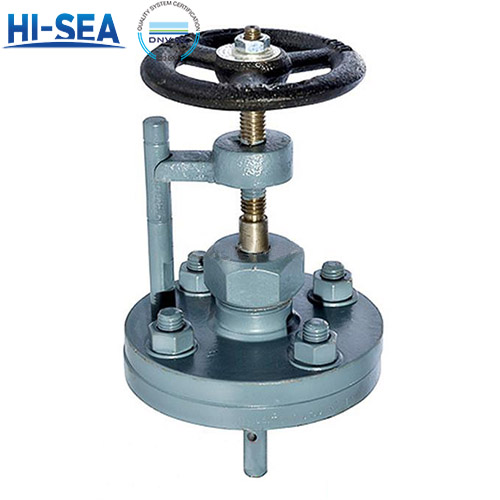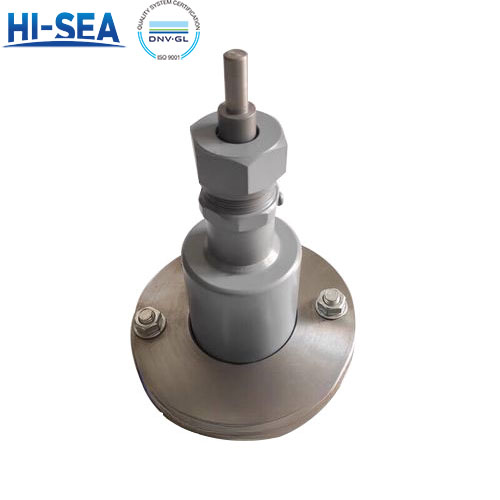
What is Marine Level Gauge?
A Marine Level Gauge (also known as a marine liquid level sensor or marine tank level gauge) is a specialized instrument designed to accurately measure and monitor the level of liquids in tanks, containers, or compartments on marine vessels (such as ships, offshore platforms, yachts, or dredgers). Its core function is to provide real-time, reliable data on liquid volumes—critical for safe navigation, operational efficiency, and compliance with maritime regulations.
Overview
Working Principle
1. Buoyancy:
The float inside the chamber is designed to float on the liquid surface. As the liquid level rises or falls, the float moves accordingly.
2. Magnetic Coupling:
The magnet inside the float is coupled with an external indicator through the non-magnetic wall of the primary chamber. This means that the float's movement causes the external indicators to change position or color, providing a clear, real-time indication of the liquid level.
3. Indicator Response:
The external indicators (often flaps or rollers) are typically bi-color, changing from one color (e.g., white) to another (e.g., red) to clearly show the level of the liquid inside the tank.
Main Technical Specification
1. Standard models are suitable for temperatures from -40°C to +120°C.
2. High-temperature models can handle temperatures up to +450°C.
3. Standard models handle up to 2.5 MPa.
4. Special models can be designed for higher pressures, up to 10 MPa or more.
5. Typically ranges from 0.3 meters to 20 meters, depending on the application and specific design.
6. Usually within ±5 mm or better, depending on the length and the specific model.

